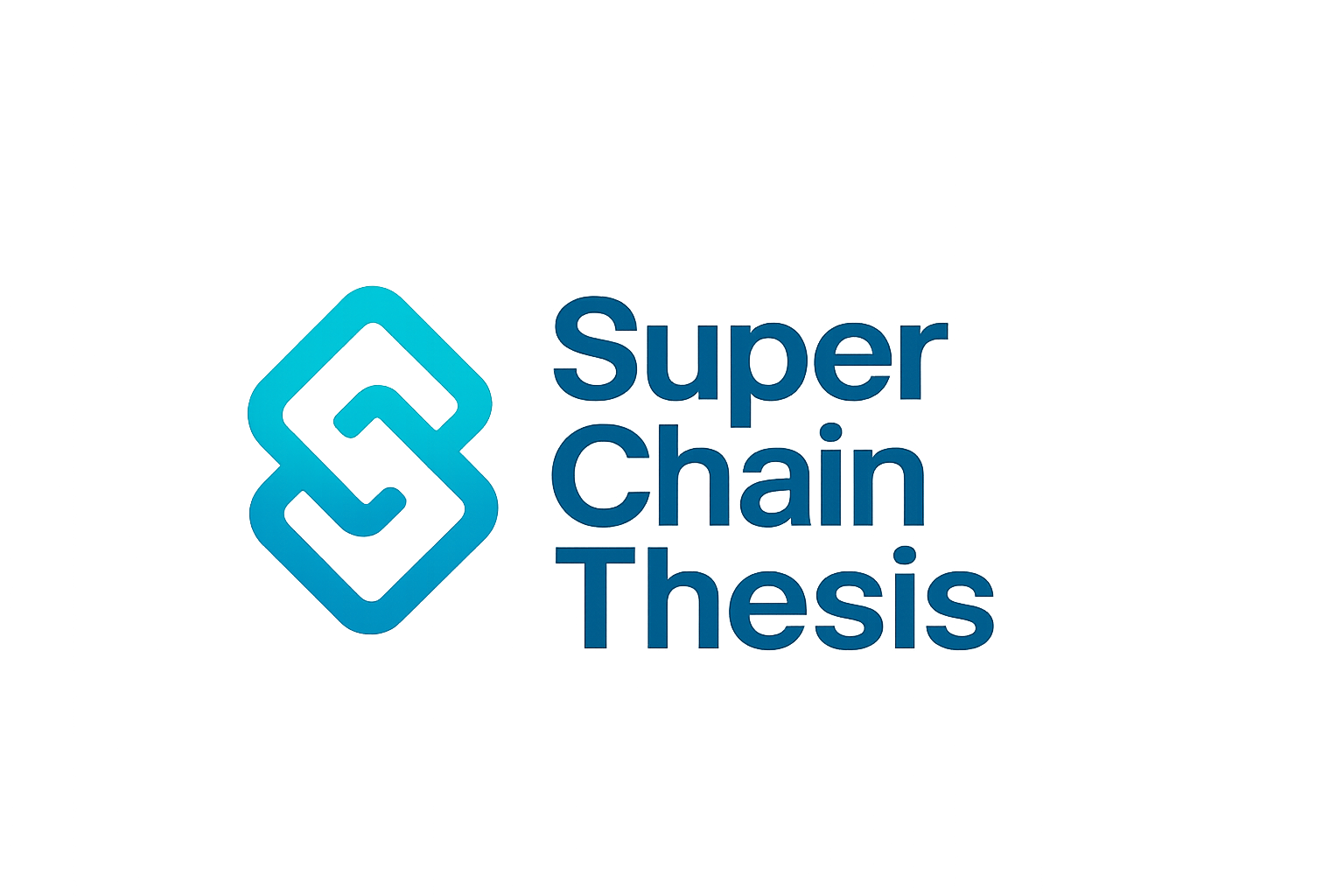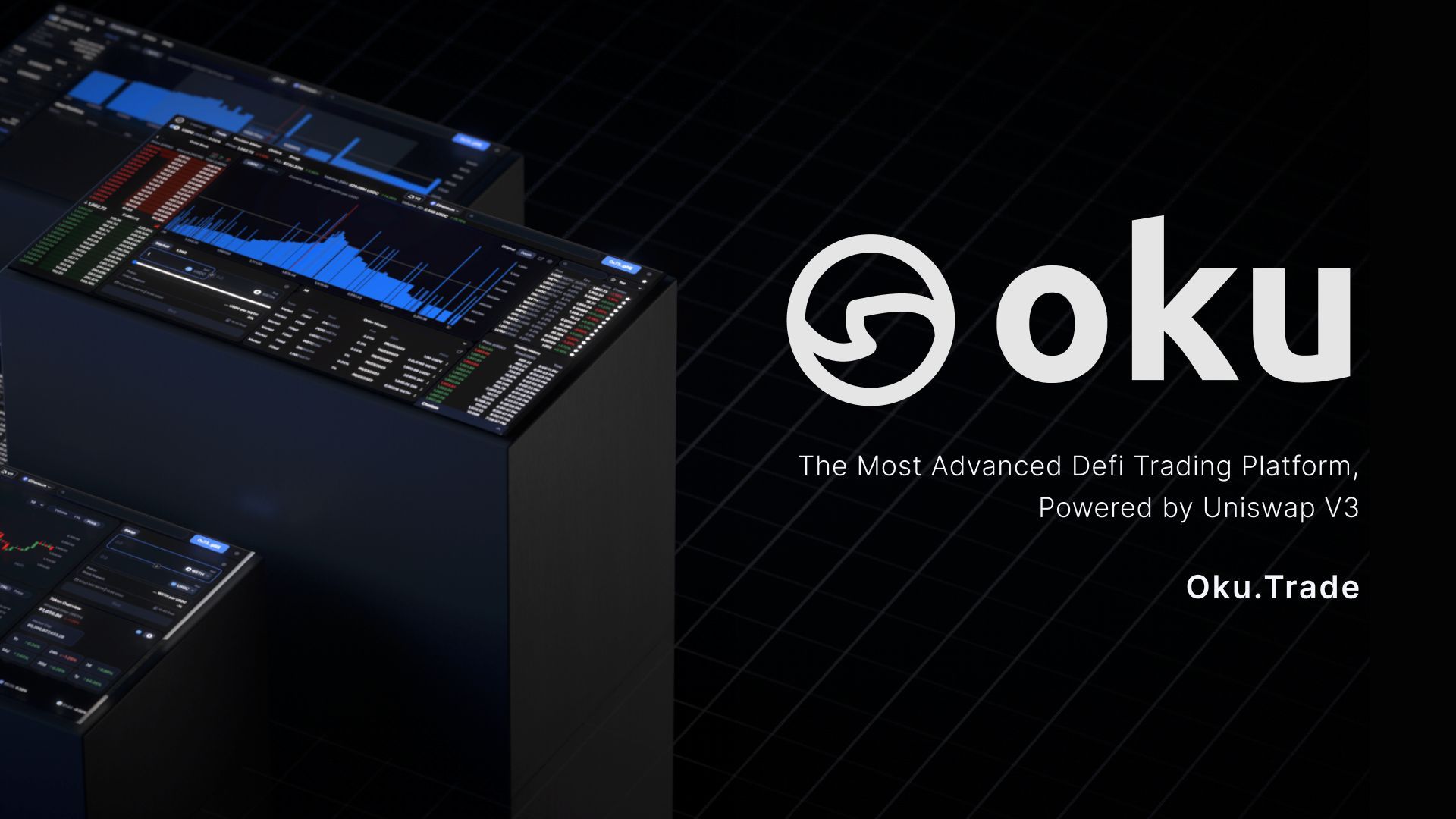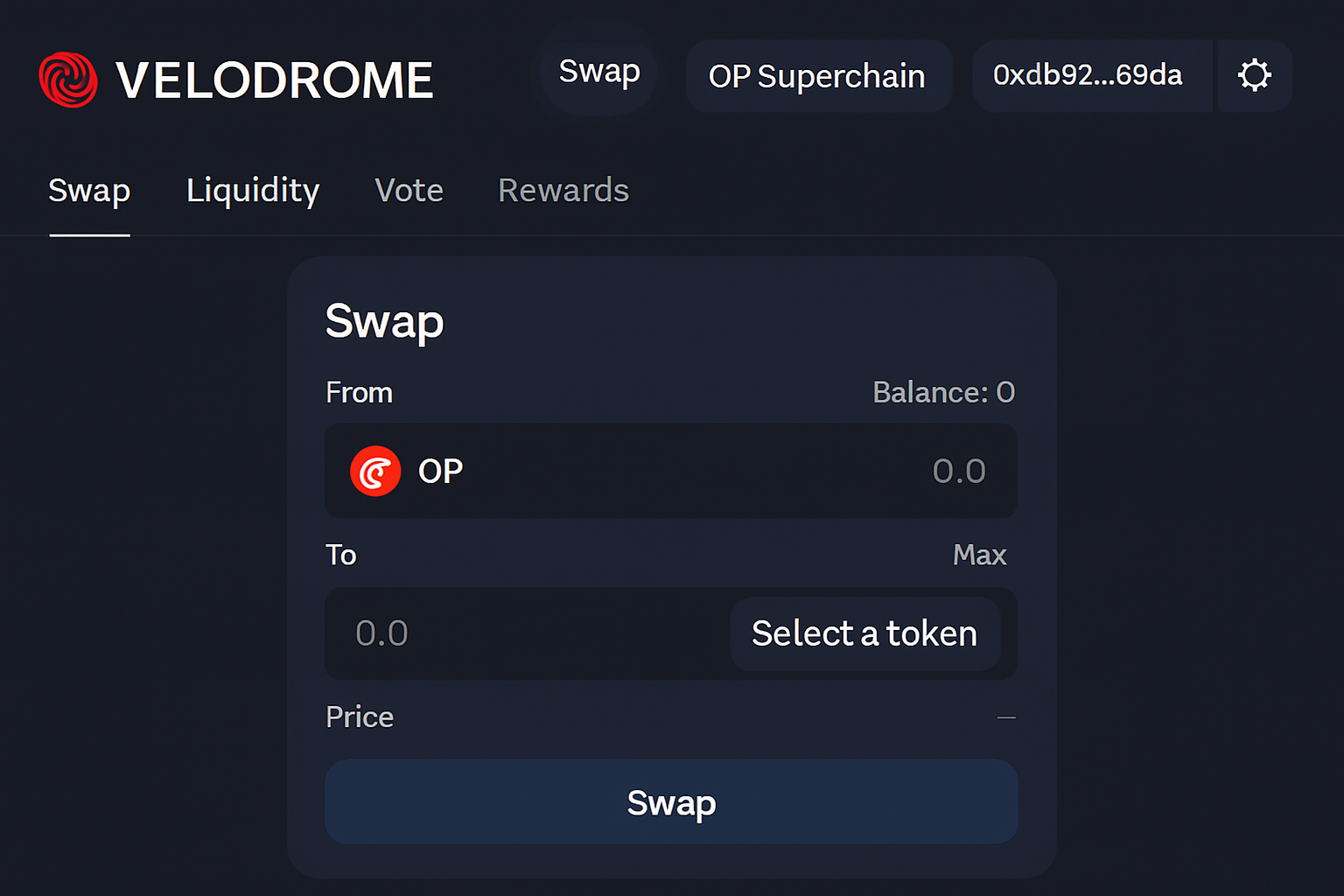
For years, blockchain users have tolerated the friction of waiting several seconds for transaction confirmations. This latency, while an improvement over legacy financial settlement systems, remains a bottleneck for mass adoption in real-time applications like gaming, payments, and decentralized finance. The OP Superchain’s recent integration of Flashblocks, spearheaded by Flashbots, is poised to change this paradigm, delivering sub-second confirmations and fundamentally elevating the blockchain user experience.
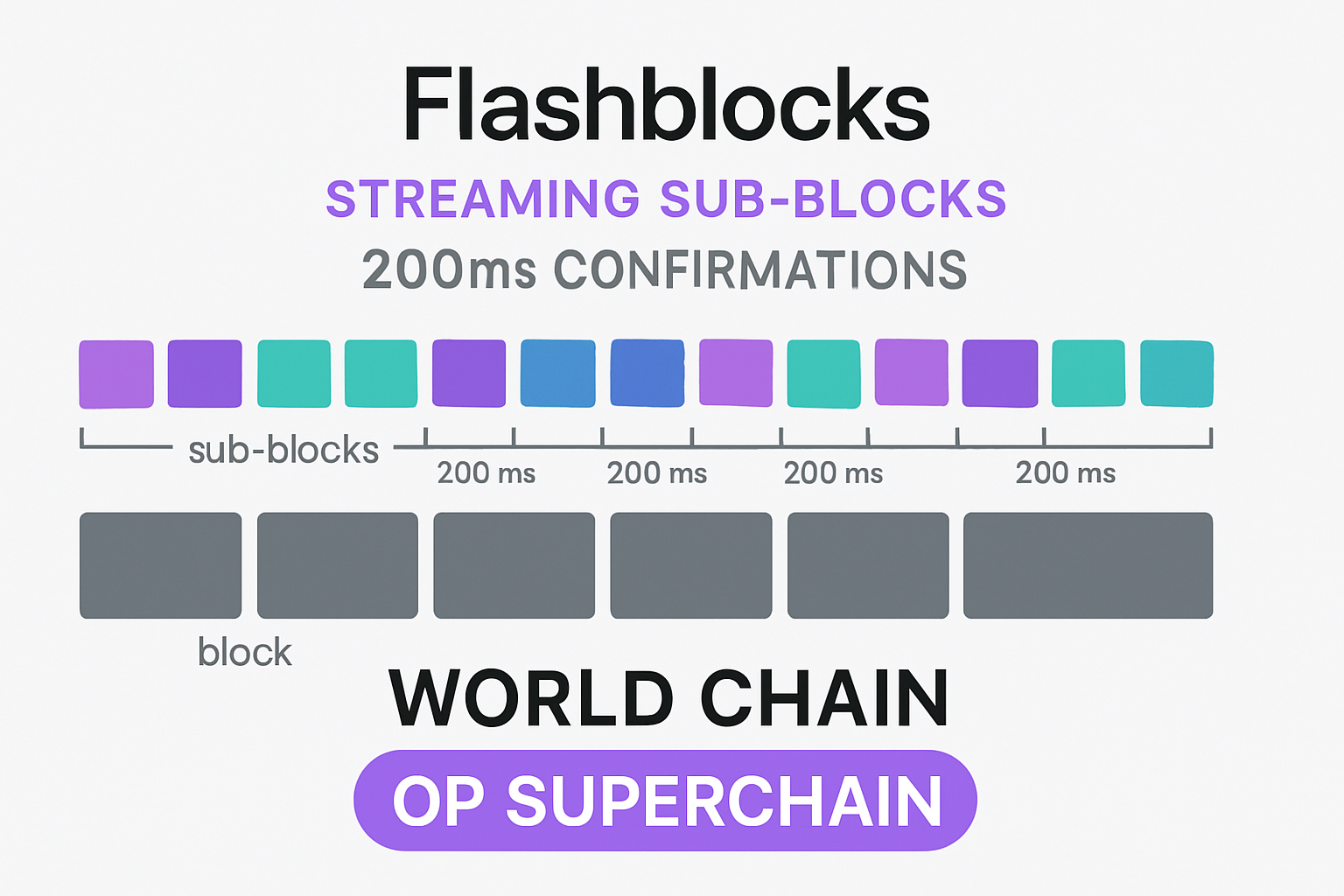
Breaking Down Flashblocks: The Engine Behind Sub-Second Confirmations
At its core, Flashblocks is a block builder sidecar designed specifically for OP Stack chains. Traditional Layer-2 solutions like Optimism or Base typically bundle transactions into blocks every 1, 2 seconds. While this is already faster than Ethereum mainnet’s cadence, it still falls short for applications demanding instant feedback.
Flashblocks introduces a novel approach: instead of waiting for full blocks to be constructed and finalized, it continuously streams “sub-blocks” or “partial blocks” every 200 milliseconds (configurable). Each sub-block contains a set of new transactions that are pre-confirmed with validators in near real time. This streaming mechanism means users often see their transactions acknowledged in just 200,250 ms, an order-of-magnitude leap over previous standards.
The result? Lightning-fast user experiences that rival traditional web applications, without compromising on decentralization or security guarantees.
World Chain and the OP Superchain: Unlocking New Possibilities
The OP Superchain is more than just a collection of Layer-2s, it’s an interoperable ecosystem powered by over 30 partners including World Chain. By integrating Flashblocks as a foundational technology, these networks are able to offer:
- Reduced Latency: Transaction confirmations as low as 200 ms make DeFi trading, NFT minting, and gaming feel instantaneous.
- Improved Scalability: Streaming sub-blocks enables higher throughput without bloating network resources.
- User Experience Parity with Web2: Blockchain interactions no longer feel sluggish or uncertain, a critical factor for onboarding mainstream users.
This is especially relevant for World Chain, a network built to serve high-frequency use cases and global audiences. For example, DeFi platforms built atop World Chain can now offer near-instant swaps and liquidations. Real-time games can synchronize player actions without lag. Payment apps can provide confirmation speeds competitive with Visa or Mastercard, all while inheriting Ethereum-grade security from the OP Stack base layer.
The Technical Leap: How Streaming Block Construction Works
The innovation behind Flashblocks lies in its handling of the block production pipeline. Rather than collecting all pending transactions and assembling them into a single block at fixed intervals, Flashblocks allows builders to stream partial blocks throughout each block interval window (typically two seconds). Each sub-block receives rapid validator pre-approval, so even before the full block is finalized on-chain, users receive cryptographic assurances that their transaction will be included.
This approach leverages Trusted Execution Environments (TEEs) or similar secure computation techniques to maintain security guarantees while slashing confirmation times. It’s not just about speed; it’s about verifiability and trustlessness at internet scale, a feat previously thought unattainable on public chains.
The Broader Impact: Superchain Scalability and User-Centric Design
The introduction of sub-second blockchain confirmations via Flashblocks marks more than a technical milestone, it signals a shift toward user-centric design across the Superchain ecosystem. As latency drops below human perception thresholds, developers are empowered to build dApps that compete with Web2 incumbents on both performance and reliability.
This isn’t theory; it’s happening now across Base, World Chain, and other OP Stack partners who have adopted streaming block construction. The result is an ecosystem where scalability isn’t just about throughput metrics, it’s about delivering seamless experiences that make “blockchain” invisible to end users while maintaining all its cryptographic assurances under the hood.
For developers and users alike, the implications of Flashblocks World Chain integration are profound. Sub-second blockchain confirmations unlock entirely new categories of applications that were previously impractical on public networks. Real-time prediction markets, latency-sensitive DeFi protocols, and multiplayer games with on-chain state synchronization can now flourish without the UX sacrifices of legacy block production.
It’s worth emphasizing that this leap in performance is not achieved at the expense of security or decentralization. Flashblocks’ streaming architecture relies on rigorous cryptographic guarantees and leverages secure computation, such as Trusted Execution Environments, to ensure that every pre-confirmation is both verifiable and tamper-resistant. This means users can trust their 200 ms confirmation just as much as a traditional block inclusion.
Why Sub-Second Matters: From Theory to Adoption
The benefits of sub-second confirmations go beyond technical bragging rights. In financial markets, milliseconds can mean the difference between profit and loss. For consumer apps, even slight delays trigger user abandonment. By aligning blockchain performance with user expectations set by Web2 platforms, Flashblocks helps OP Stack chains like World Chain close the experience gap that has long hindered mainstream adoption.
- DeFi: Instant trade execution and liquidation reduce risk and slippage.
- Gaming: Synchronous gameplay is possible without off-chain workarounds.
- Payments: Merchants can offer crypto payments with confidence rivaling Visa or Mastercard speeds.
This evolution also impacts builders’ bottom line: faster confirmations mean less user churn, higher engagement rates, and a broader addressable market for dApps built atop the OP Superchain. In short, sub-second finality isn’t just a technical upgrade, it’s a business enabler.
Looking Ahead: Superchain Scalability Redefined
The rollout of Flashblocks across World Chain and other OP Stack partners signals a new era for Superchain scalability strategies. Rather than focusing solely on raw throughput or cost reduction, the ecosystem is prioritizing real-world usability. As more chains adopt streaming block construction, we can expect further reductions in latency, potentially approaching true real-time interaction for all on-chain activity.
This shift is already attracting attention from both developers and institutional players seeking to build high-frequency trading platforms, global payment rails, or next-generation social apps, all powered by Ethereum security but delivered at internet speed.
Key Use Cases Benefiting from Flashblocks Sub-Second Confirmations
-
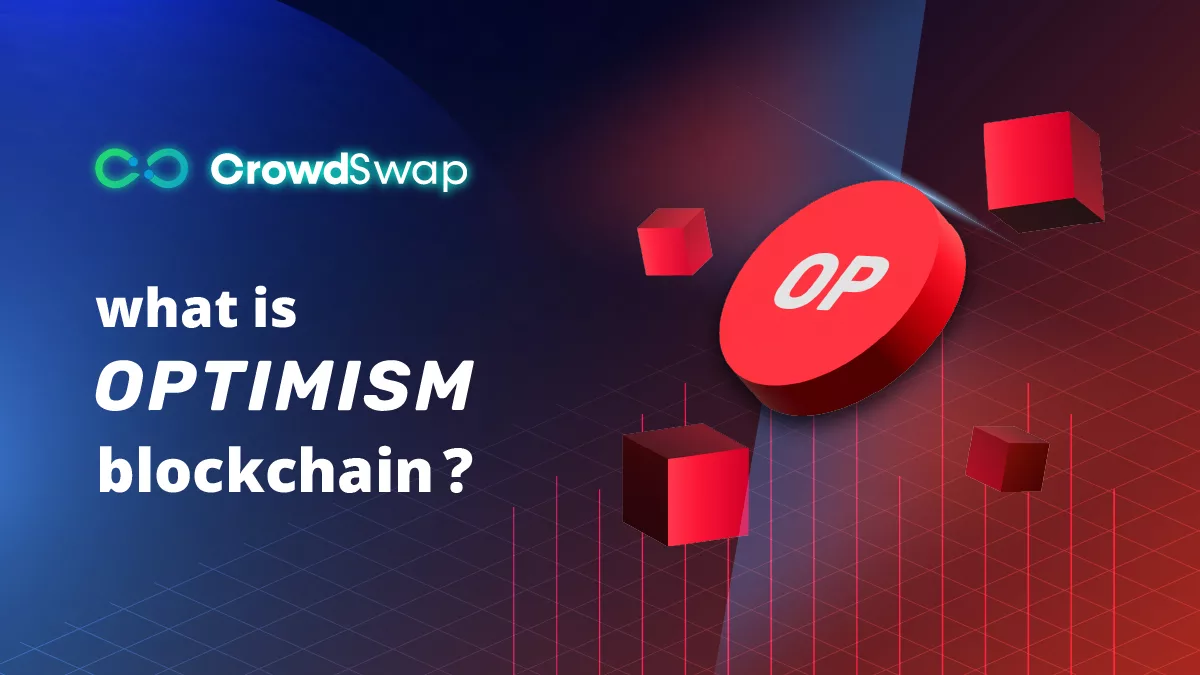
On-Chain Gaming: Games built on World Chain and the OP Superchain benefit from instant in-game asset transfers and actions, delivering a seamless, real-time user experience crucial for competitive and multiplayer gaming.
-

Real-Time Payments and Point-of-Sale (POS) Systems: Flashblocks allows for near-instant settlements for merchants and users, making crypto payments on platforms like Stripe Crypto or Coinbase Commerce as fast and reliable as traditional payment networks.
-
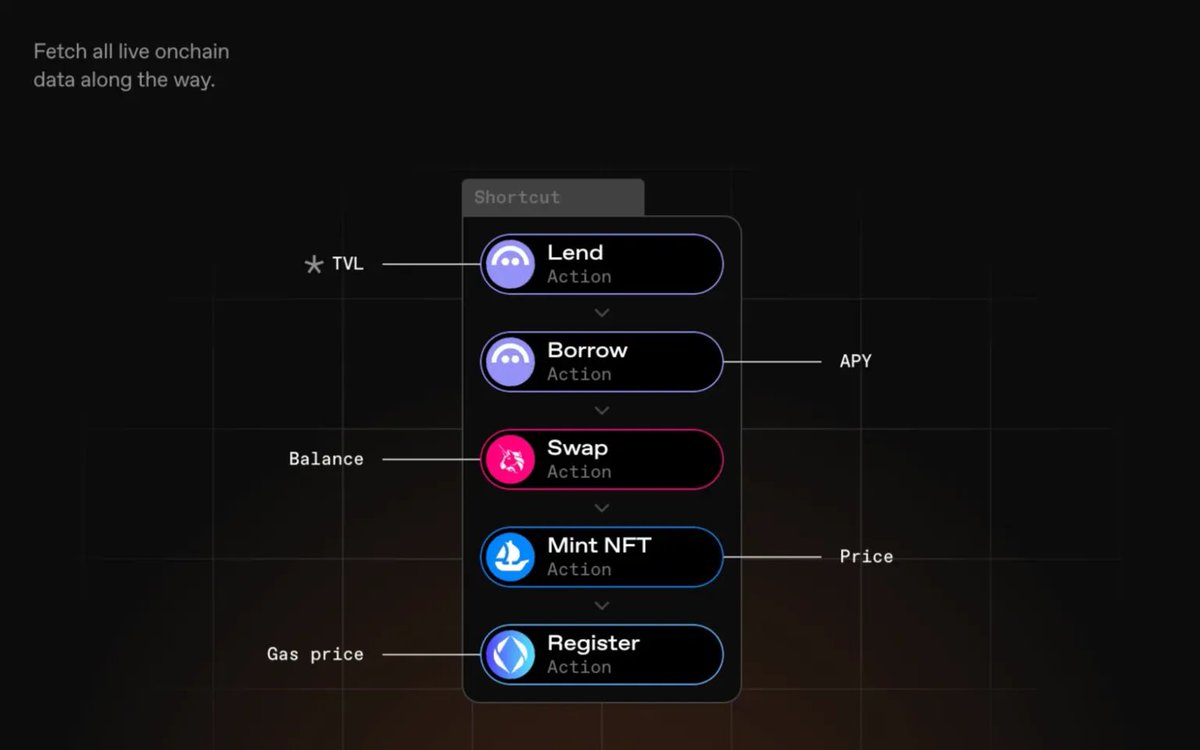
Web3 Social and Messaging Apps: Applications like Lens Protocol can deliver instant posting, messaging, and content updates on World Chain, providing a smooth, real-time social experience for users.
The message is clear: Flashblocks isn’t just an optimization for blockchain insiders, it’s a foundational breakthrough that brings decentralized infrastructure in line with modern digital expectations. As adoption accelerates across World Chain and the broader Superchain network, expect to see an explosion of innovation, and a new standard for what “fast” really means in Web3.
